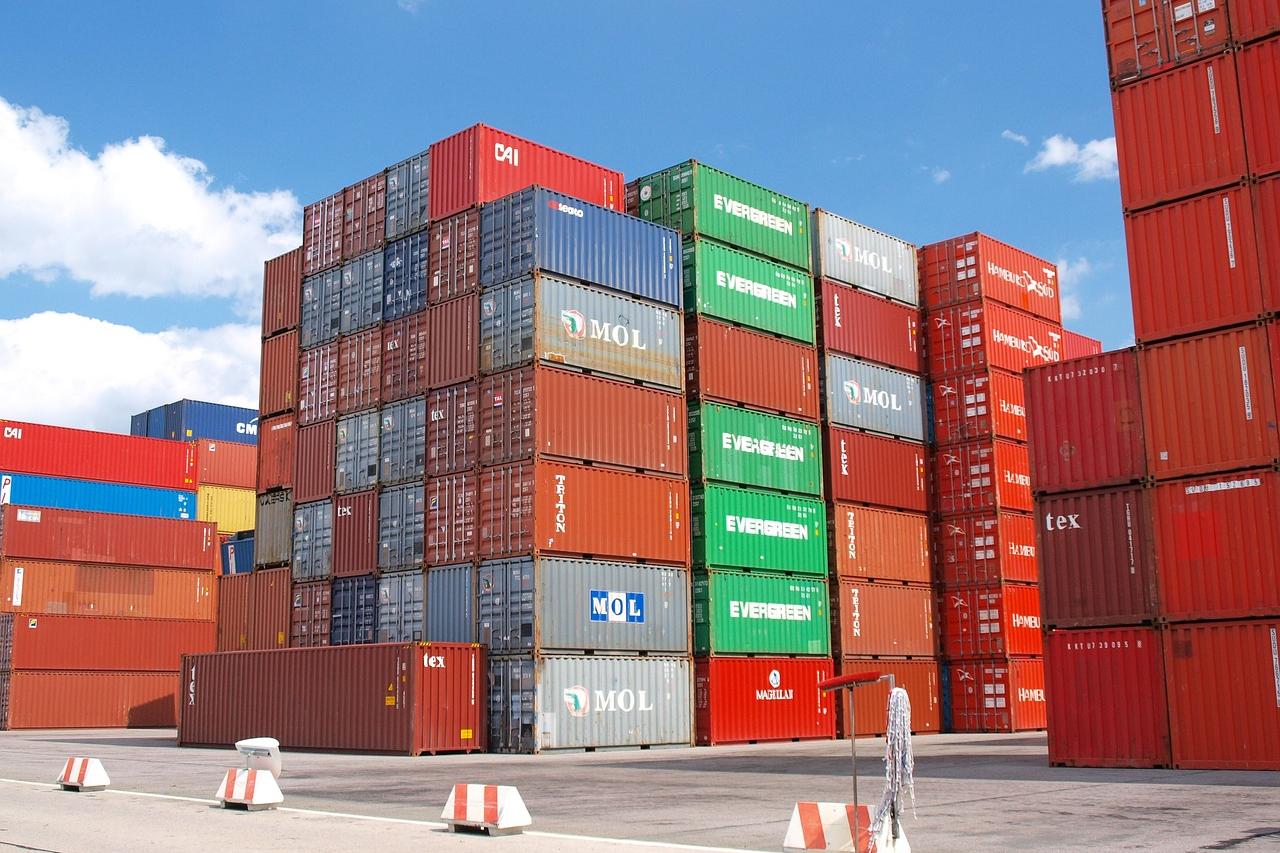
Prelude: The Safety Symphony of Steak Imports
When a tender and juicy imported steak is placed on your dining table, it has already undergone a cross-border "safety symphony." As a seasoned foreign trade professional, I have witnessed countless batches of steaks safely reaching consumers' plates through the meticulously designed "triple safeguards" at customs—the access checkpoint, inspection checkpoint, and tracking checkpoint.
Movement I: The Entry Barrier—The "Admission Ticket" for Beef Import
Just as concerts require tickets, imported steaks also need to obtain "access qualifications." The General Administration of Customs has set strict access standards for imported steaks:
- Country Access: Only countries that have passed the evaluation of China's food safety management system can be included in the "white list." Currently, only about 30 countries worldwide have obtained the qualification to export beef to China.
- Enterprise Registration: Overseas manufacturers are required to obtain a registration number in China, which serves as their "ID card" with a validity period of 5 years. Customs will regularly update the list.
- Quarantine Approval: The importer must apply in advance for an import animal and plant quarantine license valid for one year, which serves as the "visa" for the steak's entry.
Remember in 2018 when a certain country was suspended from exporting beef to China due to mad cow disease risks? This demonstrates the access mechanism in action.
Movement II: The Inspection Pass – The "Health Check Center" for Steak
When the steak arrives at the port, customs will conduct a comprehensive "physical examination" like professional doctors:
- Document review: Inspect certificates of origin, health certificates, and other "health documentation" to ensure legal sourcing.
- : Checking seed labels, approval forms, variety rights certificates, etc.Check cold chain transportation temperature records to detect any signs of spoilage
- : Sampling tests for seed quality and pest conditionsFocus on testing over 40 indicators, including:
- Veterinary drug residues: such as ractopamine and other "lean meat powders"
- Heavy metals: environmental pollutants like lead and cadmium
- Microorganisms: pathogenic bacteria like salmonella
Last year we encountered a batch of steaks that were returned due to detection of prohibited veterinary drugs. Customs strict screening prevented problematic products from entering the market.
Movement III: The Tracking Chapter – The "After-Sales Service" of Steak
Do you think it's over once the inspection is passed? Customs supervision is "with you every step of the way":
- Importer managementRequire complete import and sales records to be maintained for at least 2 years
- Traceability systemEstablish full traceability from farm to table, enabling rapid recall if issues arise
- Follow-up supervisionRegularly verify whether importers fulfill their food safety responsibilities
Our company once participated in a product traceability drill with customs. This closed-loop management ensures timely control even if problems occur.
Finale: Secrets to Enjoying Imported Steak with Peace of Mind
As consumers, how to ensure purchasing safe and reliable imported steaks? Remember these points:
- Check labelsLegally imported steaks must have Chinese labels and CIQ marks
- Verify sourcesCheck the approved country and company lists on the General Administration of Customs website
- Channel selectionPurchase from reputable supermarkets or e-commerce platforms
The triple checks by customs are like the three sections of a symphony orchestra, harmonizing together to compose a safe movement for imported steaks. The next time you enjoy a steak, perhaps take a moment to appreciate these unseen "guardians of food safety."
Professional tipImporters should start preparing relevant qualification documents 3-6 months in advance to avoid clearance delays due to incomplete procedures. Meanwhile, closely monitor warning notices issued by the General Administration of Customs and adjust procurement strategies promptly.


 Follow Customer Service WeChat
Follow Customer Service WeChat